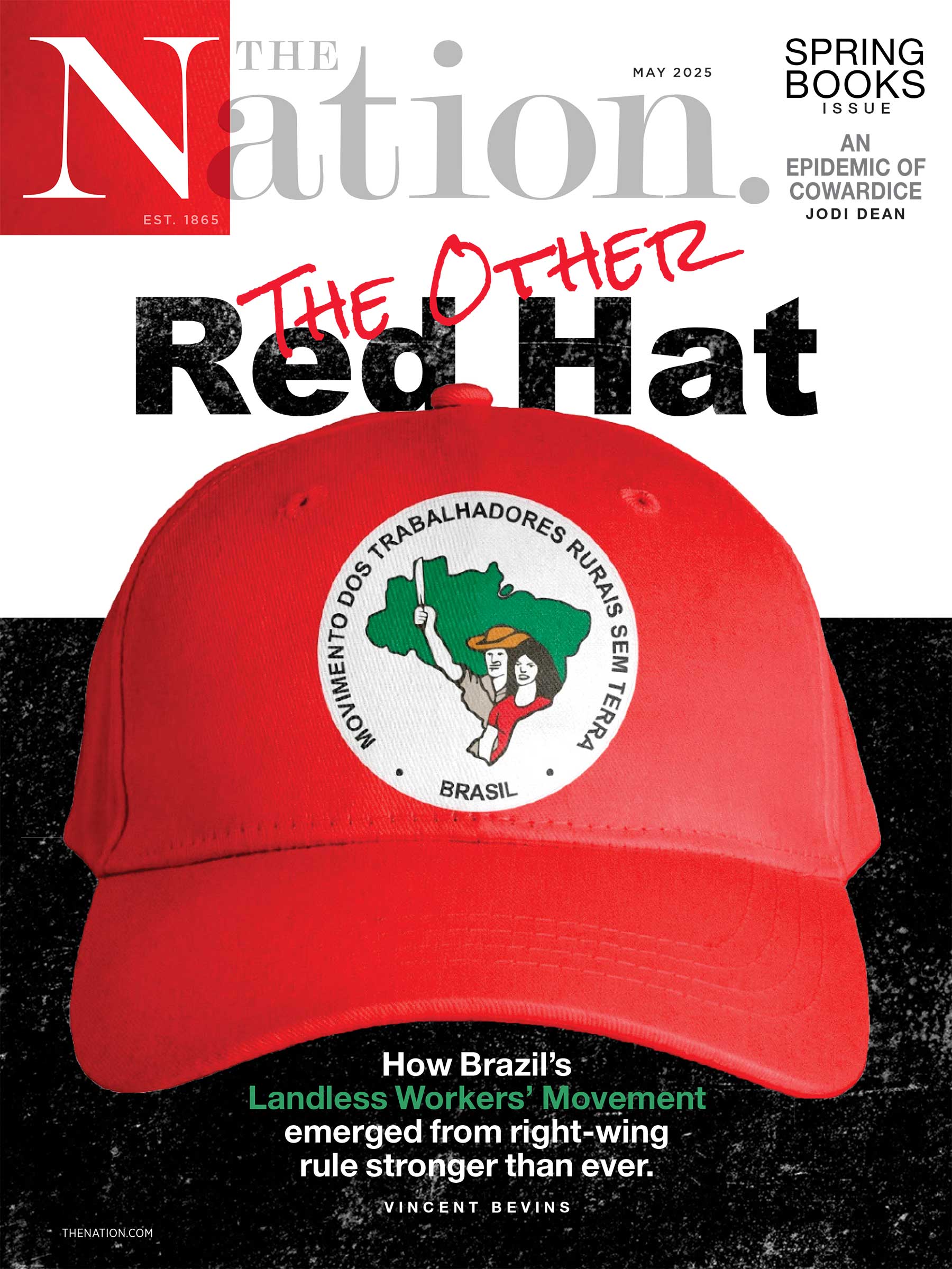The aftermath of the bloody terrorist attack in Mumbai won’t be confined to the city, or to India. It threatens to cascade across the region, from India to Pakistan to Afghanistan and beyond, making the interlocked conflicts in South Asia dramatically worse. Even if it doesn’t result in what ought to be unthinkable, but isn’t–a war between two hostile, nuclear-armed powers–it could easily escalate into a full-blown crisis.
For Barack Obama, who’s inheriting a failed war in Afghanistan, the brewing India-Pakistan emergency threatens to transform an already difficult problem into one that borders on the nightmarish. What has now become a regional crisis demands sustained, multilateral regional diplomacy.
Although details are only beginning to emerge as we go to press, the Mumbai killers seem to have had ties to one or more of the dozens of Islamist guerrilla groups based in Pakistan, such as Lashkar-e-Taiba, that have been seeking to wrest control of Kashmir from India. Most, if not all, of these networks in turn have had murky connections to Pakistan’s army and its Inter-Services Intelligence directorate (ISI). Should Indian investigators discover incontrovertible evidence that official Pakistani agencies ordered, or even tolerated, the attacks, it could push the two nuclear-armed, rival giants toward war, with consequences that would be catastrophic.
But even without that proof–and, in fact, it may be impossible to unravel the tangled links between jihadist groups and ISI–India’s government finds itself under enormous domestic pressure to strike at New Delhi’s enemies. The attack has inflamed Hindu nationalists gathered around the Bharatiya Janata Party (BJP), which is demanding revenge–all the more vociferously as it hopes to regain power in national elections expected this spring. And there have also been calls for India to launch air and artillery raids against jihadist training camps in Pakistan. So far, the Indian government of Prime Minister Manmohan Singh, who has been labeled by the BJP and its outliers as “soft” on terrorism, has resisted such dangerous actions. Secretary of State Condoleezza Rice hastily visited India to urge calm after the Mumbai attack, but she has little moral authority on that score. The precedent set by the United States with its stepped-up pattern of cross-border attacks from Afghanistan into Pakistan is already being cited by radical Indian nationalists as justification to go ahead with similar attacks of their own.
Certainly, both governments want to avoid war. And the vast majority of their peoples reject the ideologies of Hindu sectarianism and Islamist extremism that fuel violent elements on both sides. In a hopeful sign, Pakistani President Asif Ali Zardari has promised his government’s full cooperation in investigating any Pakistani connections to the Mumbai attack. Still, the heightened tensions could upend the peace process under way between Pakistan and India. That, in turn, would strengthen the hand of coup-prone Pakistan’s military establishment, which is brooding about the new civilian government that has replaced dictator Pervez Musharraf. And the army and ISI, which have long used terrorist groups as their secret weapon against India, could exploit the renewed tension to redouble their support for extremist anti-Indian Muslim groups in Pakistan and Afghanistan. There’s fertile terrain for such incitement, as the Indian government just last summer violently suppressed peaceful demonstrations in Kashmir, and discrimination against India’s Muslim population is widespread (see Barbara Crossette, page 6).
It’s an ugly situation, and one the United States had a part in creating. In the 1980s America and Saudi Arabia poured billions of dollars into ISI to underwrite the anti-Soviet jihad in Afghanistan, helping to create the same extremist groups, including Al Qaeda, that plague Afghanistan, Pakistan and India–and the United States–today. In the 1990s the United States and Saudi Arabia looked the other way as Pakistan created the Taliban as a tool to establish a radical Islamist regime in Kabul. And in the past several years the United States has poured $11 billion into the Pakistani military, with little or no oversight, in its ironically misguided “war on terror.”
As Robert Dreyfuss makes clear on page 11 of this issue, it falls to Barack Obama to create a new path out of the deepening Afghanistan-Pakistan crisis. That crisis, already serious, is now immeasurably more complex. On the need for a lasting diplomatic accord between India and Pakistan that can defang the Pakistani military and lessen its interference in Afghanistan, Obama seems to have gotten it right. More worrisome is Obama’s declared intention of escalating the war by sending thousands more US troops into the fray. We can only hope that his instincts tell him there is no military solution to the crisis in South Asia, and that only an agreement among all of that region’s stakeholders–India, Pakistan and Afghanistan; neighbors such as Iran and Russia; and a wide spectrum of tribal and ethnic groups and their leaders, including elements of the Taliban movement–can create a lasting and equitable peace. If, that is, by the time Obama takes office, the region hasn’t descended into calamity.


